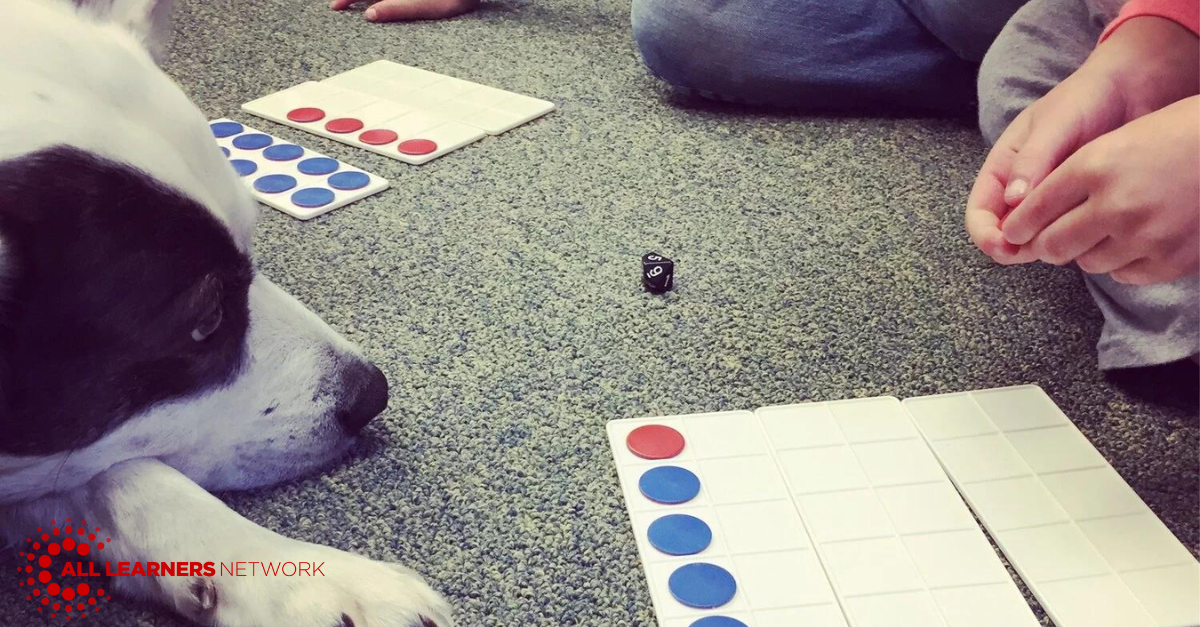
Systems Matter
I began my career in education because I believed it was a broken system that we could mend. My senior year I read Jonathon Kozol’s The Shame of the Nation and became convinced that the way to solve poverty in our country was to fix the savage inequalities of our education system. I thought if we can make schools great for all children, then we can change everything. I vigorously adopted Teach for America’s rallying call that one day all children will have access to an excellent education, and I moved to New Orleans on a mission. I truly believed that by becoming a teacher warrior I could help fix our broken education system.
After eight years teaching in New Orleans and six more teaching back at home in Vermont, now I choose my words more carefully. I know the system is fixed, not broken, and I hate the way it functions. Even when it feels broken, our education system is actually functioning quite efficiently for its design. Within our schools and policies, we sort, categorize, and label students. We systematically assign potential to students based on factors that often have nothing to do with their actual potential. By high school and college, the system has done its job. Some students (mostly white and/or privileged) leave school believing they are capable of great things, while others (mostly Black, brown, and/or poor) are just trying to survive the system. We need an education system that allows all students to leave school believing that they are capable of great things, not just some.
Convincing an individual to change is challenging enough. Changing a system can feel impossible.
We face a daunting task. I believe that we won’t see real change in our schools until we rebuild the infrastructure that schools were built to uphold. We must honestly face the ways in which our school system supports and perpetuates the beliefs and values of white supremacy in our culture. Education and who is granted access to the best is one system (of many) that helps to promote the false beliefs that fuel systemic racism in our country.
I am always actively looking for where segregation still exists in our policies, mindsets and expectations. Separate and unequal policies continue to exist throughout the structures of our education system. The outcome of Brown vs. the Board of Education only forced the system to better embed the many ways in which ‘separate and unequal’ is implemented within our policies. The way in which we still track students by perceived math abilities in most high schools today is one clear example of how ‘separate and unequal’ remains present in current school policies.
I know now that there are many systems in our society reinforcing our racist infrastructure, and our schools play an important role. For example, when we fund our public schools through property taxes we help to reinforce many racist housing and banking policies intended to favor white clients and disempower Black people. Consider also some of our culturally insensitive high stakes standardized testing policies which continue to disconnect many already marginalized students from their education helping to maintain mostly white spaces in our country’s most elite educational institutions.
It feels tragic to me that this monumental civil rights court case did not actually desegregate our school system. What feels even worse to me is when we tell integration stories, like those of Ruby Bridges and the Little Rock Nine, and we seem to teach students that segregation is a thing of the past. We let ourselves and our students believe that segregation died in those black and white photos while actively ignoring the ways in which ‘separate and unequal’ is still a current reality in the way our country's education system functions.
Now I understand that it's the systems that matter.
When a system is designed to include all and support the growth and potential of all, it becomes challenging for an individual to do harm.
Systems matter because of their large-scale impact. When a system is designed to sort, classify, and rank its members, it is equally challenging for a well-intentioned individual to disrupt its consequences. Systemic change is hard, but not impossible. In order to create schools that serve ALL students equitably, we must seek changes at a systems level.
First, we must open our eyes to the invisible ways in which our education system still functions to sort and rank its students. Examining a school or district’s math instructional practices and policies can function as a window to see where inequitable practices may still exist. We then must be okay with acknowledging our own failures in how we’ve excluded some students. Help from colleagues doing the same work establishes a productive feedback loop so that we can better learn and grow. Finally, we must join and create teams of people whose purpose is to rebuild our education system so that it functions for all students. We must fight tirelessly to create a new system that serves ALL.
Joining the All Learners Network is joining this fight for equity. This is a network for those who believe that systemic change is possible.





